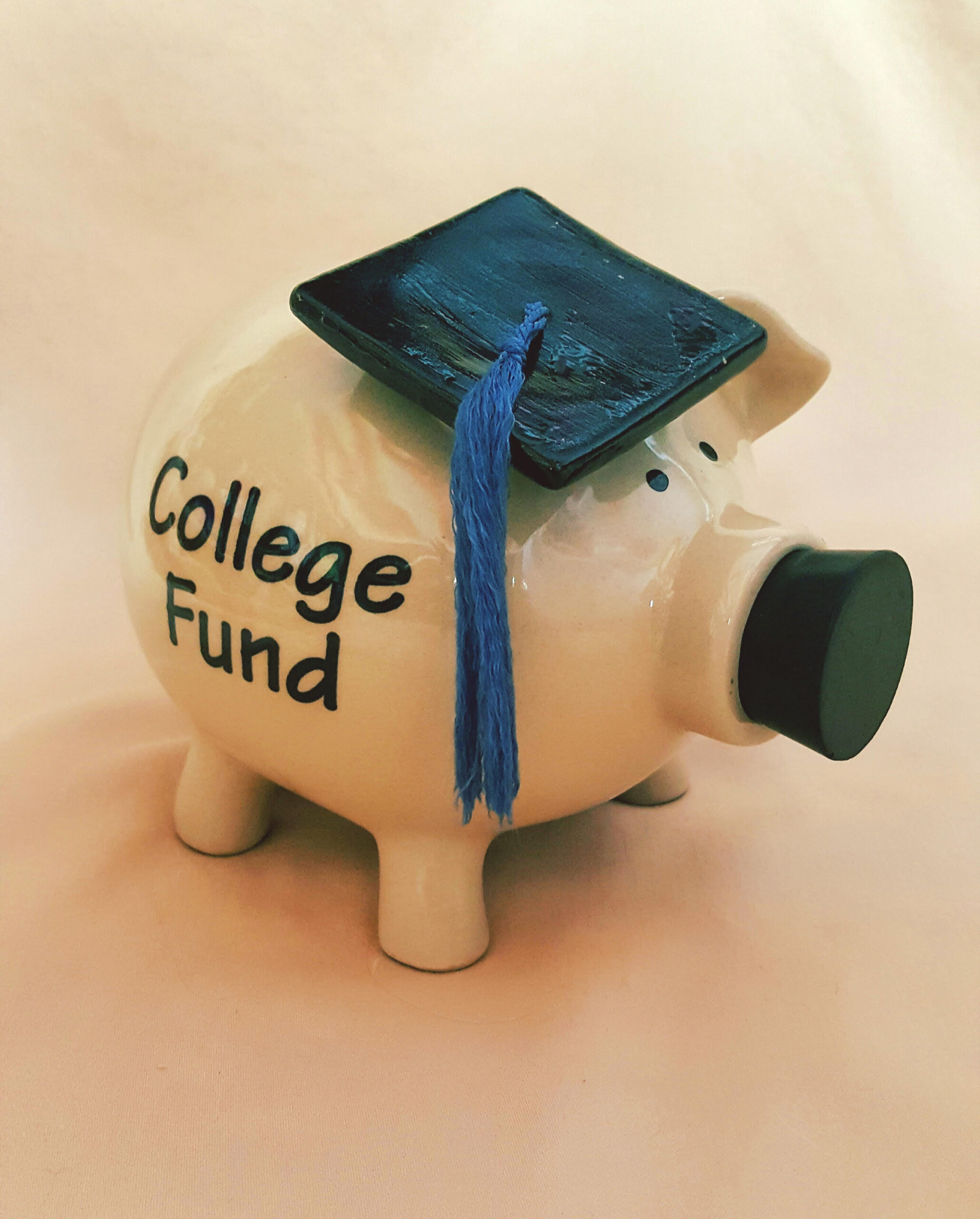Even if your kids are young, it’s never too soon to think about college costs and learn about what types of college financial aid are available for your kid.
The same kind of financial assistance can also be used to pay for trade schools with programs the government has approved. Many community colleges offer programs that prepare high school graduates and GED holders technical careers.
If your child is in high school, you should definitely take advantage of any financial aid information it offers. Many high schools have dedicated spaces and even personnel (usually librarians and guidance counselors) who have a pretty solid understanding of financial aid rules.

FAFSA: The Gateway to College Financial Aid
So what is FAFSA?
It’s the Free Application for Financial Student Aid. All student financial aid that comes from a college, state, or Federal government goes through FAFSA. It’s important for your college-bound high school student to open a FAFSA account during their senior year. If they plan to graduate early, they can open one junior year.
Many private financial aid sources, like grants from employers and community organizations also ask to see FAFSA information before deciding on a scholarship award.
The accounts are free. Do not use any service that claims to handle your FAFSA account for you. They aren’t all that difficult to set up and you’re walked through the whole process. Sit down with your kid and open an account together.
FAFSA stores documents you upload to the site that help college financial aid offices and other organizations decide how much funding they will give your student. It also calculates how much a family is expected to contribute to pay for college expenses. These decisions are based on information from your income, taxes investments like the 529 college savings plan, and other financial information.
FAFSA stores student and family financial information online.
This means storing sensitive information in the cloud. If you don’t want to do this, then you’re giving up the opportunity to get financial help most kids need for college. Don’t get angry with me: I’m just the messenger! And for what it’s worth, online storage services are harder to hack than email accounts. It’s also a lot easier to make corrections and update information when it’s stored online.
What High School Seniors and Parents Should Know About FAFSA
FAFSA began accepting information for the 2024-2025 college year in December. That’s the first day high school seniors could open accounts and start filling out information.
If your child plans to apply for Federal student aid like the Pell grant, they must submit the FAFSA by June 30 to whatever college and university they apply to. Your student should also check with the colleges they are applying to for any of their deadlines. They will find this on the financial aid section of individual college websites.
Keep in mind that students don’t have to open a FAFSA account to apply to a college. But it is required to get government-backed financial aid to pay for tuition, lodging, meals, and supplies like computers and those things with words printed on them? Oh yeah – books!
What Does My Kid Need to Show to Get Financial Aid?

Students must prove they are eligible to get financial aid from the federal government.
- They need to be US citizens or US Nationals.
- They must have a social security number.
- Boys over 18 must be enrolled in the Selective Service (i.e., register for the draft) at age 18. Right now, women are not required to register.
DACA students (Dreamers) are not eligible for federal financial aid but they may qualify for aid from other sources. Arizona’s public universities assist Dreamers who are looking for financial assistance.
What Kind of College Financial Aid is Available?
Once your student gets a FAFSA account started, they will begin to receive information about what financial aid is generally available. Some aid comes through grants, which do not have to be repaid, while others are loans, which generally do have to be repaid. Some loans are forgiven (in other words, cancelled) later on in exchange for working certain jobs in certain regions.
Most grants can be renewed each year. Virtually all require students to maintain a strong GPA. College admissions offices often steer students, particularly freshmen, for counseling to make sure they aren’t blowing away the money or their grades.
Remember, grants never have to be repaid.
There are also college loans to think about.
Most undergraduate students and their parents will want a loan backed by the Federal government because the interest rate (currently 5.5%) is fixed and repayment doesn’t start until after graduation. (These loans used to be called Stafford Loans.) In many cases, payment can be deferred (postponed) until a graduate is settled into a job and earning enough to start paying back the loan.
- Subsidized loans are granted to students with financial need (according to their FAFSA documents) and don’t charge an interest rate while the student is enrolled at least half-time and for six months after graduation. Deferred loans usually stay interest-free.
- Unsubsidized loans are open to anyone regardless of financial need but usually carry interest from the moment they’re signed. Keep in mind that colleges determine the amount of a federal loan a student can receive.
Some loans can be completely forgiven if the graduate works in public interest jobs in underserved areas, and/or they maintain an excellent payment record for 10 years. Here’s more information about government-backed college loans including PLUS loans parents can take out on behalf of students.
Arizona Kids Who Attend Arizona Colleges Get Generous Financial Aid
Arizona residents get a pretty good deal from the three major public universities. Each of these schools maintain contact with high school guidance counselors, who are excellent sources for information about applying for financial aid.
Our three public universities offer a variety of grants and loans. Their staff work with high school students applying for financial aid and current college students who need to renew theirs. They also help students with less pressing financial need find campus and off-campus jobs.
All three universities participate in the Earn to Learn savings program that encourage students from lower-income families to save for college in exchange for very generous financial help. (Here’s the eligibility chart.) Students who save $500 can qualify for $4500 in college tuition credits: an 8 – 1 return! The program also provides personal financial training to students and boasts an 87% retention rate, higher than the schools’ average freshman return rate.
More Resources to Help Pay For College
These resources provide more information about how to pay for college.







